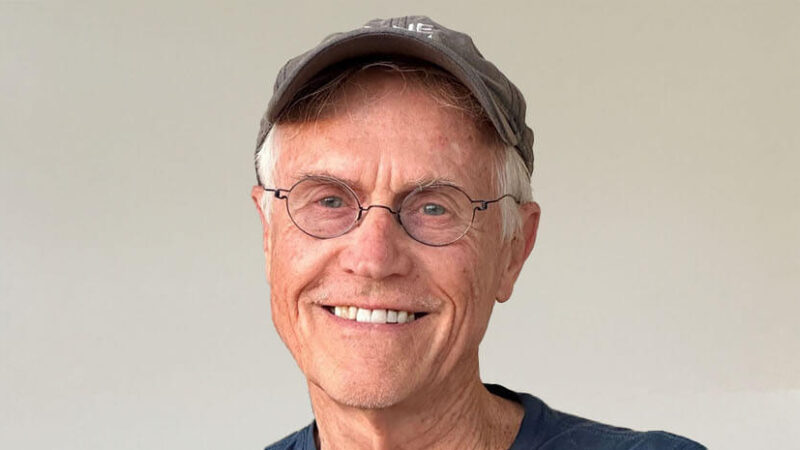The realities of human-driven climate change are only just starting to hit home for many of us. Meanwhile, activists like Paul Hawken—along with the people who have endured the devastating impacts of environmental degradation in the places they call home—continue to raise the alarm for a planet in peril. In this podcast, Tami Simon speaks with the renowned environmentalist and entrepreneur about his latest work, Carbon: The Book of Life, an awe-inspiring read that Tami dubs “a love letter to the flow of life.”
Give a listen to their conversation on: why the climate is never really in crisis (and who is); the narratives of disconnection that perpetuate a sense of separation from life; why “the only way forward is regeneration”; how humanity’s “othering” in order to get ahead just puts us all behind; the concept of flow in the natural world; the extraordinary complexity of life and the trillions of creatures communicating with each other every day; tapping into the power of curiosity and wonder; overcoming the overwhelming inertia of the existing capitalist system; why our grief is a measure of our love; embodying the timeless qualities of compassion, cooperation, and respect; the connection between the loss of Indigenous languages and species loss; apocalypse—the revelation of that which is hidden; how the discovery of fire impacted human evolution; mystical experiences in nature; leadership—listening to all the voices; and more.
Note: This episode originally aired on Sounds True One, where these special episodes of Insights at the Edge are available to watch live on video and with exclusive access to Q&As with our guests. Learn more at join.soundstrue.com.


